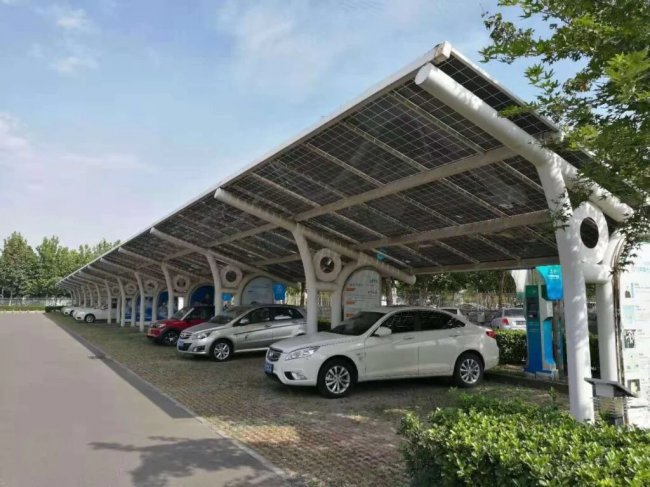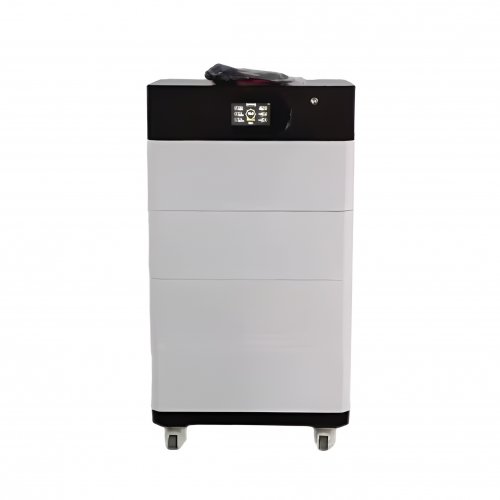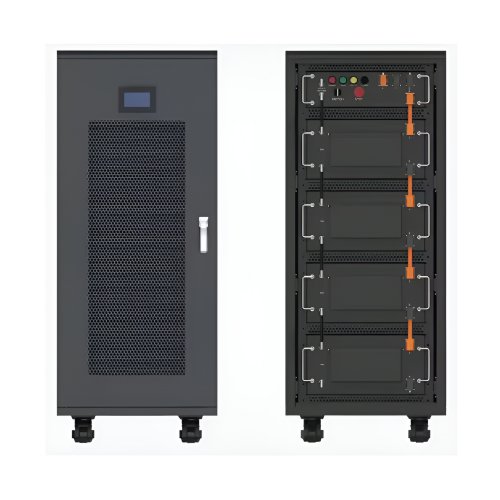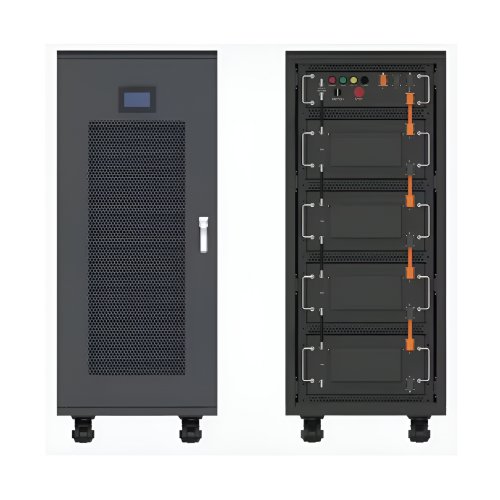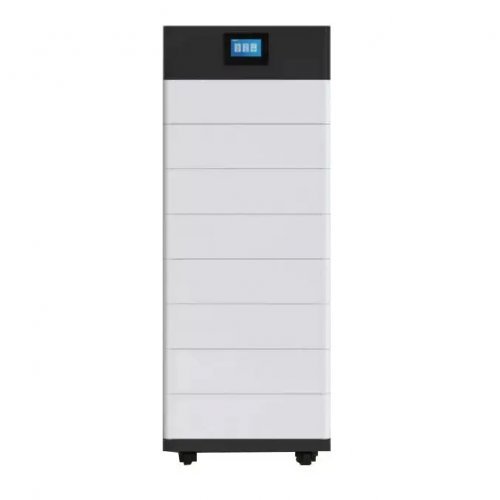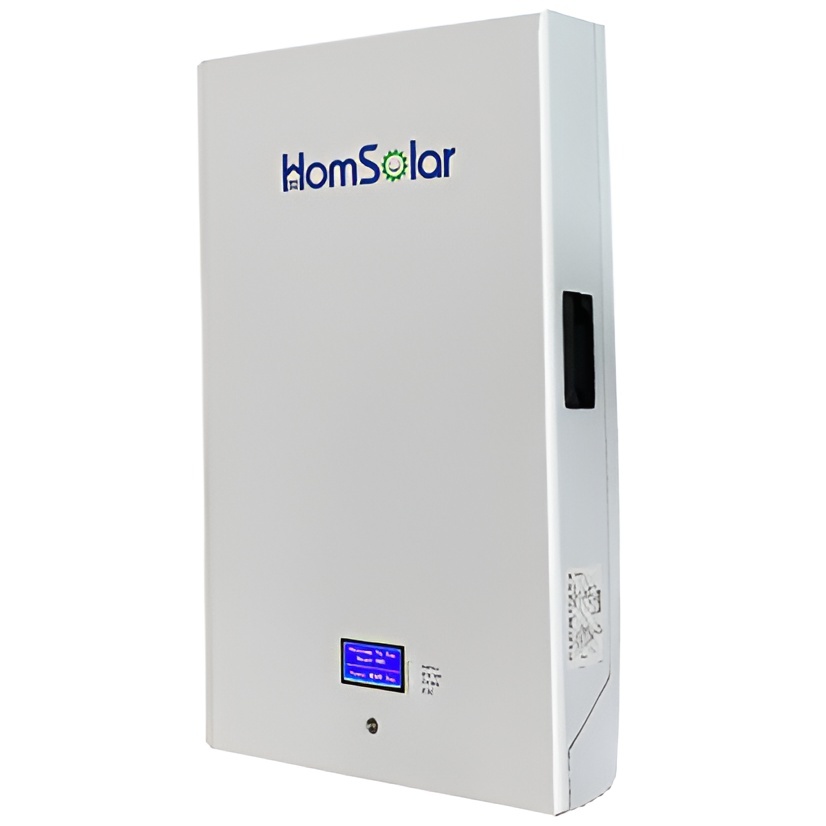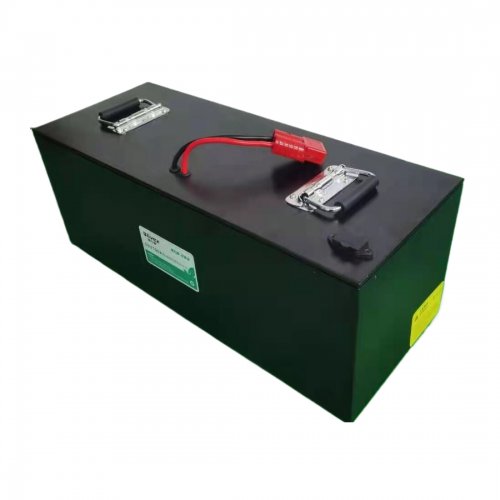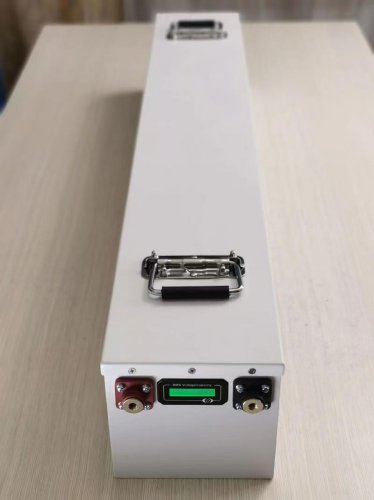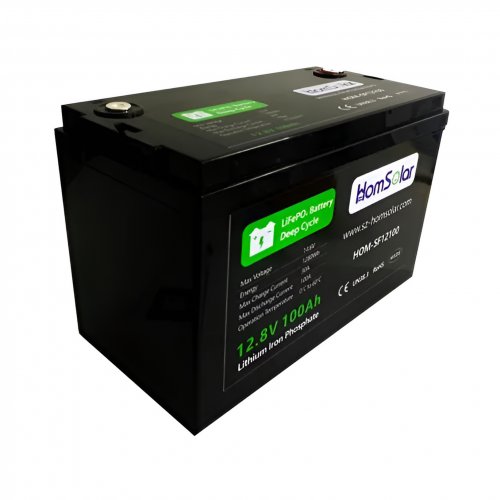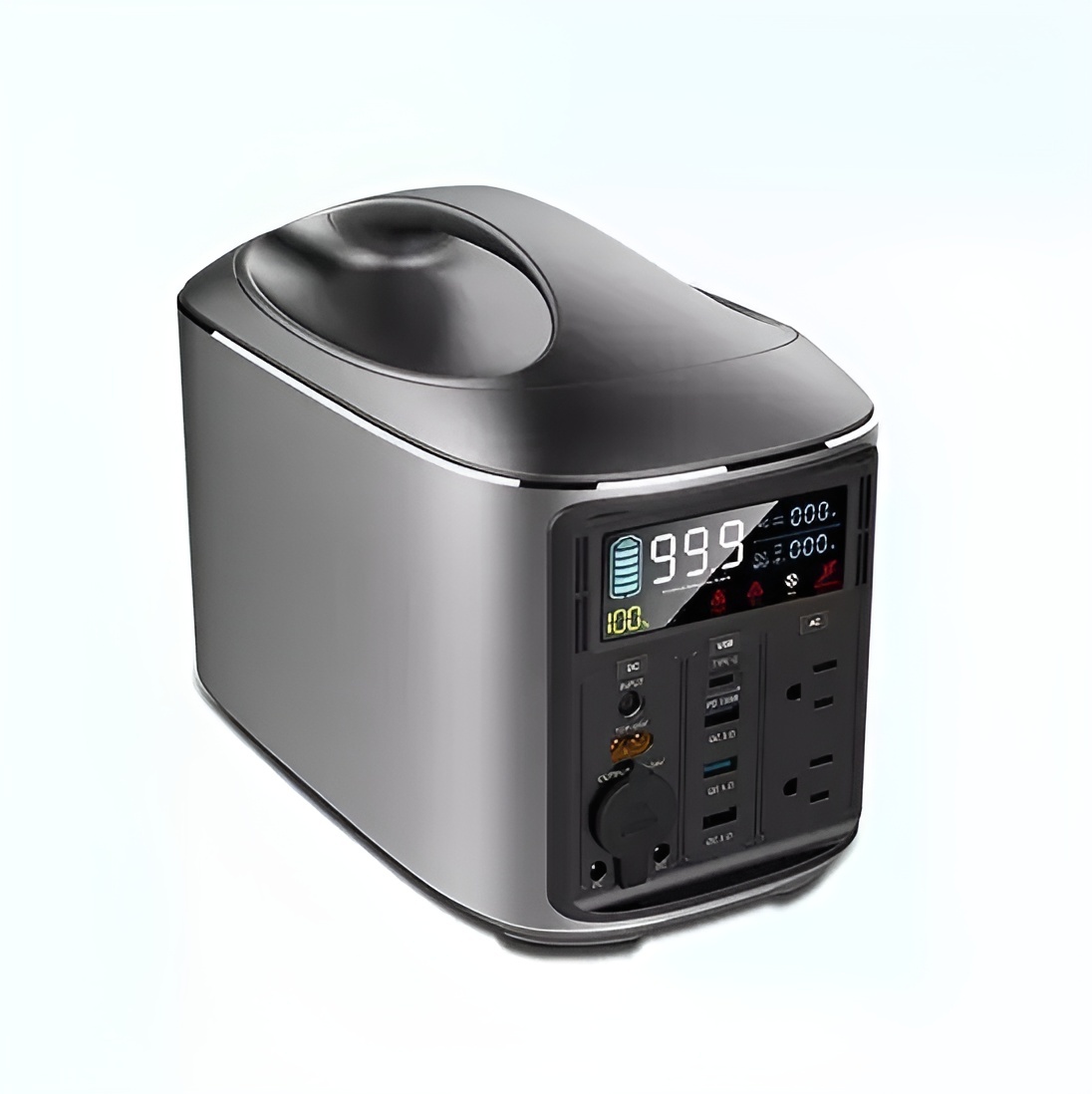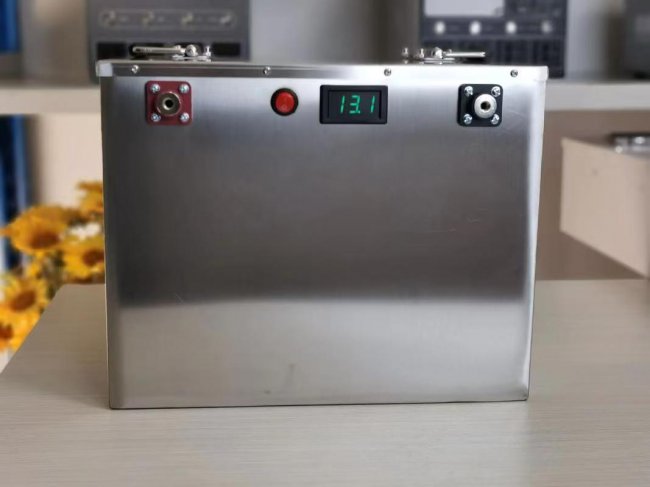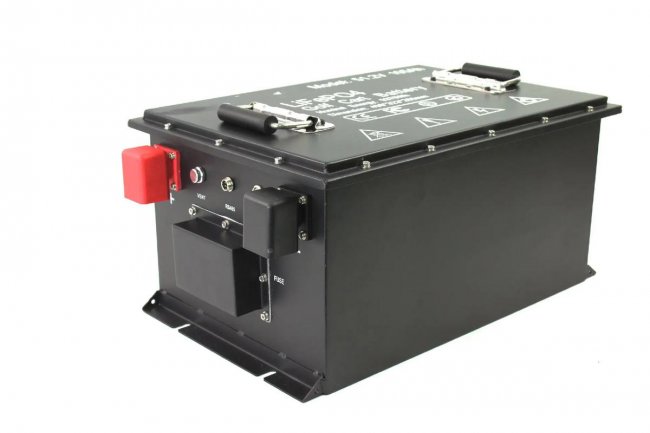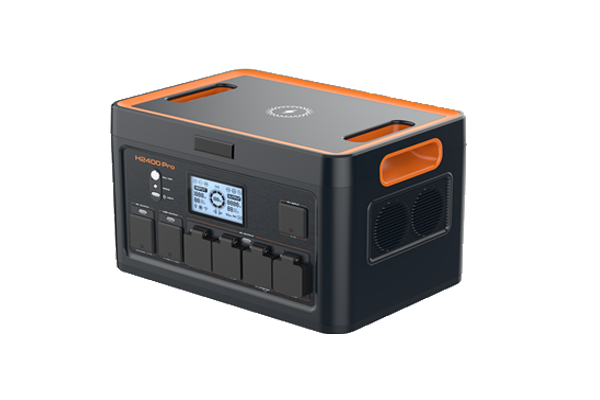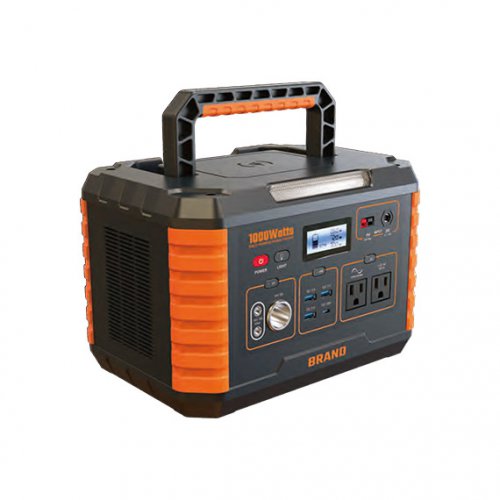How To Use Cycle Life: A Practical Guide To Maximizing Battery Longevity
The term "cycle life" is a fundamental concept for anyone who uses rechargeable batteries, from smartphone owners to electric vehicle drivers and renewable energy enthusiasts. It refers to the number of complete charge and discharge cycles a battery can undergo before its capacity degrades to a specified percentage of its original value, typically 80%. Understanding and actively managing cycle life is the key to unlocking long-term value, performance, and reliability from your battery-powered devices. This guide will walk you through the practical steps to extend your battery's lifespan.
Understanding the Basics
A "cycle" is defined as the process of using all the battery's capacity from 100% to 0%, but not necessarily in one go. For instance, discharging from 100% to 50%, charging back to 100%, and then discharging to 50% again also counts as one full cycle. Battery chemistry, primarily Lithium-ion (Li-ion) in modern electronics, degrades over time due to factors like heat, high voltage (full charge), and deep discharge. Our goal is to minimize this stress.
Step-by-Step Usage Guide
Step 1: Know Your Device's Battery First, identify the battery chemistry. The vast majority of modern consumer electronics use Li-ion or its variant, Li-Polymer (Li-Po). This is crucial because the guidelines for these differ from older Nickel-based batteries. Check your device's manual or manufacturer's website for specifications.
Step 2: Adopt a Partial Charging Routine The most effective strategy for extending cycle life is to avoid the extremes of 0% and 100%.The "Sweet Spot": For long-term health, aim to keep your battery charge between 20% and 80%. Operating within this middle range significantly reduces stress on the battery's internal components.Daily Practice: Instead of charging your phone or laptop overnight to 100%, unplug it once it reaches 80-90%. Make it a habit to recharge when the level drops to around 20-30%. Many modern devices and operating systems now offer features to cap the maximum charge at 80-85% to facilitate this.
Step 3: Manage Heat Exposure Heat is the primary enemy of cycle life. High temperatures accelerate chemical degradation within the battery.During Charging: Avoid charging your device on soft surfaces like a bed or sofa, which can trap heat. Place it on a hard, flat surface in a well-ventilated area. Remove thick cases before a heavy charging session if the device feels warm.During Use and Storage: Never leave a device in a hot car or in direct sunlight. If you feel your device getting excessively hot during use, take a break to let it cool down. For long-term storage, charge the battery to around 50% and store it in a cool, dry place.
Step 4: Use the Correct Charger Always use the charger provided by the manufacturer or a certified high-quality replacement. Incompatible or poorly made chargers can deliver incorrect voltage or current, leading to overheating and accelerated wear. While fast charging is convenient, it generates more heat. Use it sparingly when necessary, and opt for standard charging for overnight or routine top-ups.
Step 5: Calibrate Occasionally While modern batteries don't suffer from the "memory effect" of older types, their internal fuel gauges can become inaccurate over time. This can lead to incorrect charge level readings.Calibration Process: Once every three months, allow your device to discharge to a low level (e.g., 10-15%) and then charge it uninterrupted to 100%. This helps the device's software recalibrate its understanding of the battery's capacity. Do not make a habit of deep discharging; this is a calibration tool, not a daily practice.
Practical Tips and Operational AdviceFor Electric Vehicles (EVs): Follow the manufacturer's guidance, which often recommends setting a daily charge limit of 80-90%. Use DC fast-charging stations for long trips only, as frequent use can strain the battery. When possible, use slower AC charging at home or work.For Laptops: If you primarily use your laptop plugged in as a desktop replacement, many manufacturers offer a "Battery Health" or "Battery Charge Limit" mode in their control software. Enable this to cap the charge at 50-60%, which is the ideal storage voltage for Li-ion batteries, dramatically extending cycle life.For Smartphones: Enable "Optimized Battery Charging" (iOS) or similar adaptive charging features (Android). These systems learn your routine and delay charging past 80% until just before you typically unplug the device, reducing the time spent at full voltage.For Power Tools and Drones: These devices often draw high currents, which is stressful for the battery. Always use the designated charger and allow the battery to cool down after heavy use before recharging. Store them at a partial charge if you won't be using them for a while.
Important Precautions and What to AvoidAvoid Deep Discharges: Letting your battery regularly drain to 0% is highly damaging. It puts immense strain on the battery's internal chemistry and can, in some cases, trigger safety circuits that permanently disable it.Do Not Leave at 100% for Extended Periods: Keeping a battery at 100% charge, especially while still plugged in and at high temperatures, is a significant source of stress. Think of it as keeping the battery under constant high pressure.Avoid Using a Cheap, Replacement Battery: When a battery finally needs replacement, invest in a high-quality, OEM (Original Equipment Manufacturer) or a reputable third-party battery. Cheap, uncertified batteries often have poor cycle life and can be safety hazards.Don't Panic Over Normal Degradation: All batteries degrade over time. A 5-10% capacity loss after a year or two of normal use is typical and not a cause for concern. The practices outlined here are designed to slow this natural process, not stop it entirely.
By integrating these steps and precautions into your daily habits, you move from being a passive user to an active manager of your device's battery health. A longer cycle life means better performance over time, fewer battery replacements, reduced environmental waste, and ultimately, a more reliable and cost-effective experience with the technology you depend on.
Customized/OEM/ODM Service
HomSolar Supports Lifepo4 battery pack customization/OEM/ODM service, welcome to contact us and tell us your needs.


HomSolar: Your One-stop LiFePO4 Battery Pack & ESS Solution Manufacturer
Our line of LiFePO4 (LFP) batteries offer a solution to demanding applications that require a lighter weight, longer life, and higher capacity battery. Features include advanced battery management systems (BMS), Bluetooth® communication and active intelligent monitoring.

Customised Lithium Iron Phosphate Battery Casing
ABS plastic housing, aluminium housing, stainless steel housing and iron housing are available, and can also be designed and customised according to your needs.

HomSolar Smart BMS
Intelligent Battery Management System for HomSolar Energy Storage System. Bluetooth, temperature sensor, LCD display, CAN interface, UART interface also available.


Terminals & Plugs Can Be Customized
A wide range of terminals and plugs can be customised to suit the application needs of your battery products.

Well-designed Solutions for Energy Storage Systems
We will design the perfect energy storage system solution according to your needs, so that you can easily solve the specific industry applications of battery products.



About Our Battery Cells
Our energy storage system products use brand new grade A LiFePO4 cells with a battery lifespan of more than 4,000 charge/discharge cycles.



Applications in Different Industries
We supply customized & OEM battery pack, assemble cells with wiring, fuse and plastic cover, all the cell wires connected to PCB plug or built BMS.
Applications: E-bike, Electric Scooter, Golf Carts, RV, Electric Wheelchair, Electric Tools, Robot Cleaner, Robot Sweeper, Solar Energy Storage System, Emergency Light, Solar Power Light, Medical Equipment, UPS Backup Power Supply.
We can provide you with customized services. We have the ability to provide a vertical supply chain, from single cells to pack/module and to a complete power solution with BMS, etc.


HomSolar (Shenzhen) Technology Co., Ltd







